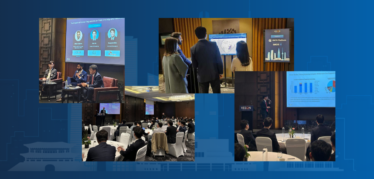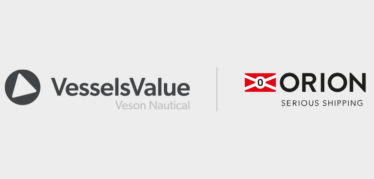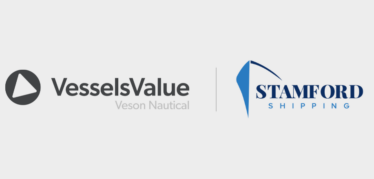The decision to adopt a new commercial solution is one of the most important ones a maritime shipping organization can make. In the wake of increasing supply chain challenges, evolving regulations, and a heightened focus on emissions, many vessel owners, operators, commodity traders, and tonnage charterers are faced with the choice to leave behind old technology and embrace a new, connected solution. However, the time and cost considerations associated with solution implementation can make it challenging to take the plunge. Before you start building buy-in for new technology, it’s important to establish your organization’s need for change.
Chances are, if you find your current solution failing to provide the capabilities or flexibility you need, or if it’s acting as a roadblock to achieving your key strategic priorities rather than an accelerator, it’s time for a new solution. But how can you know for sure? Assessing the need for a new solution requires a critical look at both your current approach and your key objectives for the future.
In this blog, we’ll discuss the pitfalls of legacy approaches, considerations for the future, and how these come together to help an organization understand the right time to switch.
Where do current approaches fall short?
The maritime shipping industry as a whole has been historically slow to adopt new technology, and it can be easy to fall into the mindset of “if it’s worked for me up to this point, why should I switch now?” But at the same time, the maritime ecosystem is constantly evolving, and many organizations are still using legacy approaches that prevent them from remaining ahead.
So where does old tech fall short? Given the complexities of today’s maritime workflows, connectivity is key. Deep visibility into the market and across your business are essential to benchmarking your performance and making the most informed decisions. Your primary commercial solution needs to deliver the standardized insights you need for effective decision making, as well as the ability to seamlessly bring together data from accounting systems, business intelligence tools, and other solutions that are core to your daily workflows. It must also support your work today and tomorrow, innovating as the industry continues to change. However, many legacy approaches fail to deliver this level of connectivity and standardization, especially for largely manual approaches.
Your solution should also empower your stakeholders, rather than hold them back. This requires high levels of accessibility and user-friendliness, ensuring that all core users can efficiently work together in one connected solution. On top of that, it should support every stakeholder throughout the entire workflow with specific capabilities to address each of their requirements—from chartering, to operations, to financials and more.
Evaluating your need for a new solution starts with taking a close look at these key elements—things like accessibility, integration, reporting, automation, and others—and rating your existing approach’s ability to satisfy them. You may find that while your approach is relatively strong in accessibility, for example, it lacks in other areas like support resources and innovation. This may be a sign that it’s time to make the switch.
How should your solution support your strategic objectives?
In addition to making life easier for your stakeholders in their day-to-day workflows, your commercial solution should have the ability to support your organization in the long run as it works to address its most pressing priorities. Challenges for maritime shipping organizations have only continued to grow, particularly as contracts become more complex, new regulations like IMO CII and EU ETS start to come into play, and labor, bunker, and other voyage-related costs rise. With numerous internal and external pressures, it’s likely that your business has no problem creating a list of primary objectives for the next several years.
Beyond just listing out objectives, however, it is important to consider two things when assessing your need for a new solution. The first is each objective’s level of importance to your organization. Maybe your single most important thing is decarbonization, and things like cost control and fleet expansion fall a bit lower on your priority list.
The next is your solution’s ability to support your goals. Can you effectively track and manage emissions with your current approach? Is it scalable enough to support your organization as it grows? Having an understanding of the things that are most important to your organization in the short and long term, while considering your current approach’s ability to help you achieve these goals, will help you to evaluate your need for change.
Knowing when to make the switch
If your existing approach is lacking in areas that are crucial to your daily work, or if it’s not empowering you to meet your goals, a new solution is likely the answer. A dynamic commercial platform can address the shortcomings your existing approach while setting you up for long-term success.
Today, 70% of maritime organizations have already started their digital journeys, and this trend will continue into 2023 and beyond. If you’re thinking about joining them, we created this useful tool to help you score your need for a new solution.
With a suite of connected tools to support the entire maritime shipping workflow, we at Veson have supported some of the world’s leading maritime organizations in their digitalization efforts. If you’re interested in learning more about how the Veson IMOS Platform can accelerate your organization’s digital journey, request a demo here.
To explore Veson’s comprehensive decision-making ecosystem for the pre-fixture workflow, watch our Unlock Your Decision Advantage: A Streamlined Pre-Fixture Process webinar.



 Hongbeom Park
Hongbeom Park
 Sam Chambers
Sam Chambers
 You Ren Loh
You Ren Loh